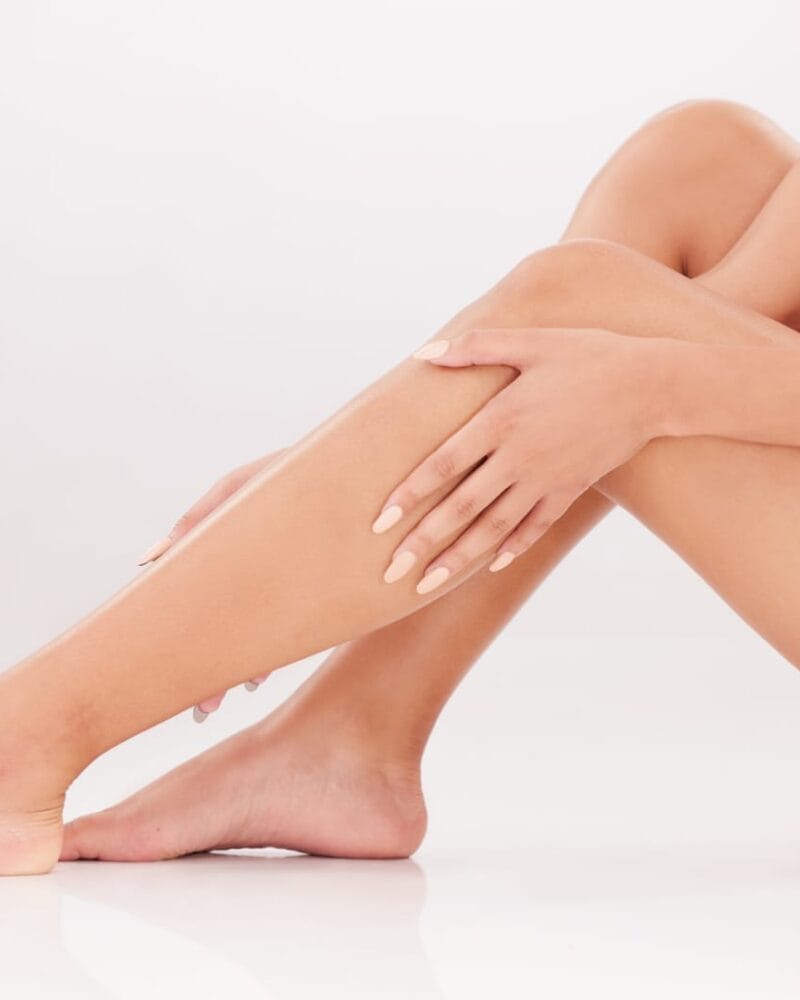
Caring For Different Skin Types
The truth is, there’s no catch-all skincare routine. Sometimes the differences in routine are due to a one-off breakout or bout of redness, but more often, they’re down to skin types.
In skincare, knowledge is key. Everyone can benefit from using cleansers, moisturisers and SPF, but formulas can vary. Paying attention to your skin type helps you choose the right products and move towards a brighter, healthier complexion.
What Are Skin Types?
We all have a different biological setting for our skin, which acts as the main criteria for skin type. This is not the same as tone or phototyping, which uses the Fitzpatrick scale to classify skin according to melanin.
Instead of focusing on colour, types are determined by the level of oil the skin produces. It’s decided by biological factors but can also be influenced by medications, age, climate and more.
There are five basic skin types. With relatively little effort, you can adapt your skincare to suit each one.
Oily
Oily skin is shiny, with pores appearing larger and more prominent. Normally, unwanted oils are concentrated on the T-zone, which encompasses the forehead, nose and chin. This is where the sebaceous glands are more active, a hot spot for spots and impurities. However, this skin type can see an oily sheen extend across the entire face.
Oily skin is vulnerable to blemishes, shininess, and clogged pores, and taking care of it can be tricky. One of the biggest misconceptions about oily skin is that it doesn’t need moisturising, but this is far from the truth.
You need to choose the right kind of skin products, including moisturiser. Products with lightweight hydration help to absorb the oil, while regular exfoliation stops dead cells from clogging pores and encouraging impurities.
Dry
Dry skin has a dull appearance, and a tight, flaking sensation. As you might guess, it needs hydrating and moisturising. A complete opposite to the first skin type, dry skin doesn’t have enough oil and can crack, flake or even peel.
Bear in mind that dry skin is not the same as dehydrated skin. Dry skin is less able to retain moisture, while dehydration is caused by lack of water and can happen to anyone.
The key here is to find products that help you nurture and protect your skin’s natural moisture barrier. Products with humectants are very effective at pulling water to the skin, while ceramides and fatty acids can help lock moisture in.
Combination
Combination skin displays characteristics of two or more skin types, like dryness and oiliness. A common example is an oily T-zone, but dry cheeks.
Routines for combination skin can be tricky, and balance is the key. Gentle treatments are best, supplying lightweight moisture without drying your skin. You might look for water-based moisturisers and oil-free, non-comedogenic products.
Sensitive
Sensitive skin gets irritated easily, becoming hot, red and itchy as a result of warm showers, exercise, and even some gentle skin care products. People with sensitive skin are often diagnosed with rosacea, eczema and dermatitis.
Since there can be a connection between sensitive and dry skin, it’s a good idea to stick to a routine for dry skin types. Our advice is to choose products with fewer ingredients, since this will lower the possibility for irritations. Reach for mild products, created specifically for stressed skin.
Normal
This is the easiest skin to care for! Having a normal skin type means you don’t have any major concerns to address, although you still need a proper routine.
You require good cleansing and moisturising, not to mention SPF, while choosing the right products will help you protect your skin and enjoy a healthy appearance.
Identifying Your Skin Type
It’s fairly easy to identify skin types, provided you don’t mistake conditions for types. If you have a sudden breakout, this doesn’t mean you have acne-prone skin. Skin gets drier in winter, but that doesn’t mean you have dry skin.
You can actually determine the natural baseline of the skin at home, with an easy, uncomplicated test.
Wash your face with a gentle cleanser, pat it dry and wait about 30 minutes, without applying any products. After that you can assess how your skin looks and feels.
- A shiny face means you have oily skin
- A shiny T-zone means you have combination skin
- If your skin feels tight and looks dull, you have dry skin
- If your skin is irritated and uncomfortable, you have sensitive skin
Talk With A Specialist
Still not sure of your skin type? Chat with our specialists!
Skin Innovation uses skin types to help find the best treatments, so we offer our patients a full skin analysis and a free consultation, which you can book today.
The consultation is an opportunity to chat, for you to ask questions, and for us to recommend one of our stellar skin treatments, available to browse from our website.
Keep up with our news and success stories by following us on Instagram!
Related Articles
-

Experience Permanent Hair Removal in Brentwood, Essex: Long-Lasting Results
The Drawbacks of Traditional Hair Removal Methods For many, traditional hair removal methods such as shaving, waxing, and plucking are…
-

Rejuvenate Your Skin with HIFU: The Latest in Non-Surgical Facelift
Are you searching for a safe, effective, and non-invasive way to achieve tighter, more youthful skin? At Skin Innovation…
-

Microneedling for Acne Scars: How It Works and Why It’s Effective
Microneedling for Acne Scars: How It Works and Why It’s Effective Acne scars can leave a lasting mark, not just…



